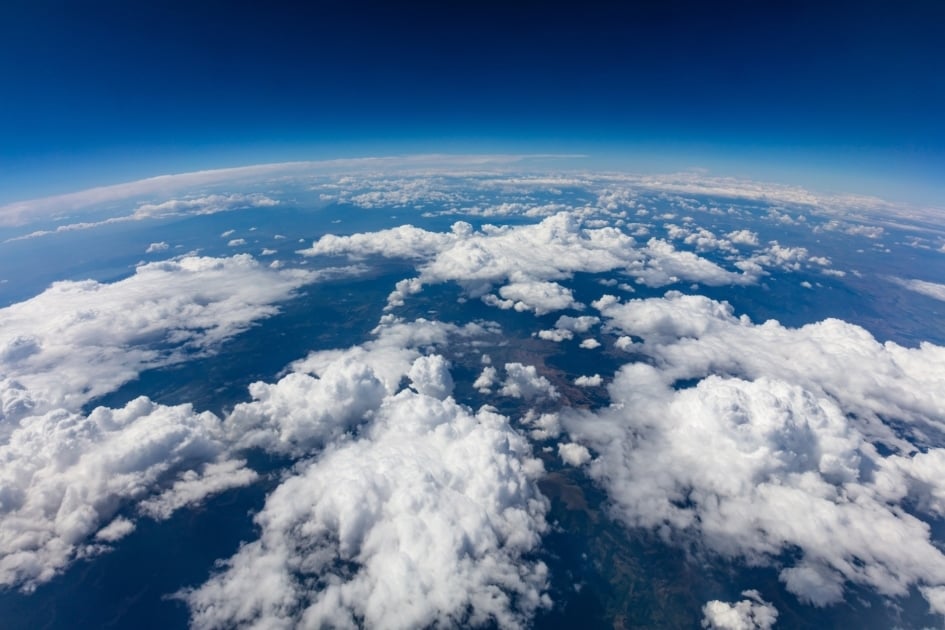| Phenomenon | What is It | Usual Effects on Winter Weather in the United States | Recent Years It Has Affected the Winter | Other Remarks |
|---|---|---|---|---|
| Arctic Oscillation (AO) | A climate index of the state of the atmospheric circulation (winds) moving over and around the Arctic. | When the AO is positive, a ring of strong winds circulating around the North Pole acts to confine colder air across polar regions. The negative phase allows cold air to plunge into the Midwestern, and Eastern United States. | Years of a negative phase brought frigid temps in East during the winters of 2013-14 & 14-15. Positive phase brought a mild winter in 2020. | During the positive phase of the AO, cold air remains over the polar regions, leading to generally milder temps across the U.S. |
| El Niño | An unusual warming of the surface water of large parts of the tropical Pacific Ocean. | Above-normal precipitation falls over the southern half of the U.S. & along the Atlantic Seaboard. Cooler than normal for Texas, the Deep South & Florida. Milder than normal for Pacific NW & Plains. Drier than normal for Midwest. | Major El Niño events were recorded in 1790–93, 1828, 1876–78, 1891, 1925–26, 1972–73, 1982–83, 1997–98, and 2014–16. | The name comes from a Spanish-language term referring to the Christ child; it peaks around Christmas. |
| La Niña | An unusual cooling of the surface water of large parts of the tropical Pacific Ocean. | Wetter than normal for Pacific NW and Midwest. Snowier and colder than normal conditions for the Northeast. Drier than normal across the southern U.S. Above normal temps Texas and all points east. Colder-than-normal Pacific NW and Plains states. | La Niña years occurred in 2005–06, 2007–08, 2008–09, 2010–12, 2016, and 2017–18. The most recent La Niña began in 2020 and ended in March 2023. NASA reports that 2022 was the hottest La Niña year ever recorded. | The name was first used in 1932 by Sir Gilbert Walker in an attempt to predict India’s year-to-year rainfall fluctuations. |
| La Nada | The midpoint between El Niño and La Niña & occurs when temperatures are near average in the Pacific Ocean. | With no major weather influencer in overall control, making long-term forecasts is a little more challenging. Thanks to La Nada, it could be cold and snowy, mild and dry – or all of the above. In short, a La Nada winter is full of uncertainties when it comes to anticipating long-term outlooks. | More often than not, it seems a La Nada pattern leads to some anomalous weather. | La Nadas do not last very long, particularly when transitioning from an El Niño to a La Niña. |
| North Atlantic Oscillation (NAO) | Fluctuations in the difference of atmospheric pressure over the North Atlantic Ocean between a persistent storm near Iceland and high pressure centered near the Azores. | A positive NAO index phase shows a stronger than usual subtropical high pressure center and a deeper than normal Icelandic low. When this occurs, the eastern U.S. experiences mild and wet winter conditions. The negative NAO index phase shows a weak subtropical high and a weak Icelandic low. The US East Coast experiences more cold air outbreaks and snowy weather conditions. | Last year saw a near-record positive NAO index, resulting in a very mild & wet winter for the eastern U.S. The NAO index registered negative in 2014 and 2015, leading to cold/snowy weather for the East Coast. | The NAO was discovered through several studies in the late 19th and early 20th centuries. |
| Pacific-North American teleconnection pattern (PNA) | A pattern of anomalous air pressure over the Pacific Ocean and North America correlate with regional temperature and precipitation anomalies across North America. | A positive PNA in winter is associated with below-average precipitation in the Pacific Northwest and across the eastern half of the U.S. Temperature and precipitation departures from normal during negative PNA phases are generally opposite those of the positive phase. |
In 2020, the PNA index was negative for much of the winter, resulting in above-normal precipitation in the Pacific NW & East. Winters with a positive PNA include 2016, 2015, and 2010. | The PNA is influenced by the El Niño cycle. The positive phase of the PNA pattern tends to be associated with El Niño conditions, and the negative phase tends to be associated with La Niña conditions. |
| Polar Vortex | The polar vortex is a large area of low pressure and cold air surrounding both of the Earth’s poles. | In winter, the polar vortex at the North Pole expands, sending cold air southward. This happens fairly regularly and is often associated with outbreaks of cold temperatures in the United States. | During the winters of 2013-14 & 2014-15, very cold, snowy conditions occurred in the North-central and Northeast. | Polar vortexes are not something new. The term “polar vortex” has only recently been popularized, bringing attention to a weather feature that has always been present. |
Atmospheric Conditions That Affect Winter Weather

